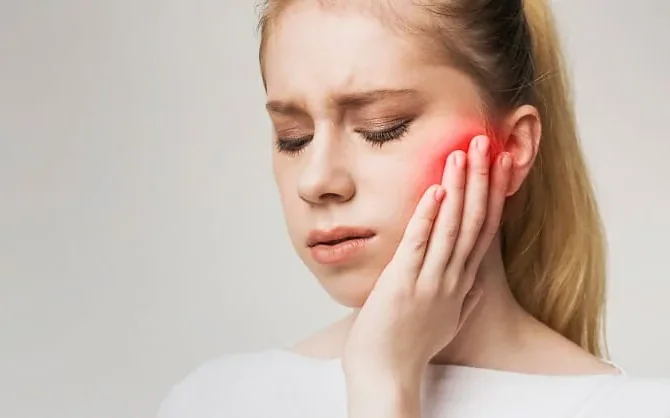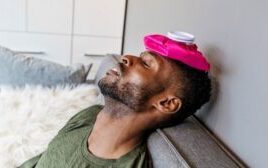Looking for information on TMJD and Physical Therapy? Temporomandibular joint disorder (TMJD) is a condition that affects the jaw joint and the muscles responsible for its movement. In addition to surgical treatments, there are several non-surgical treatments...


